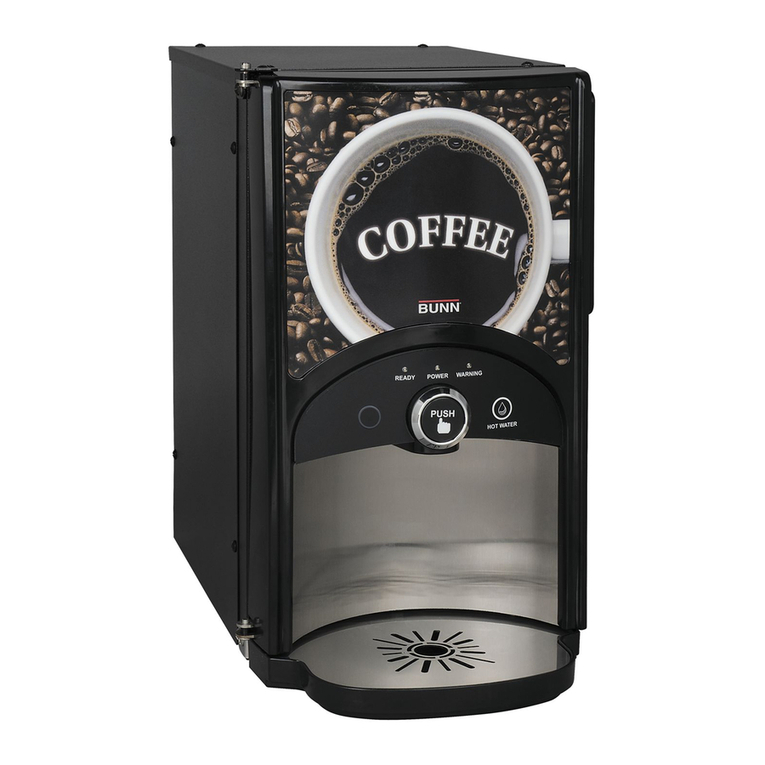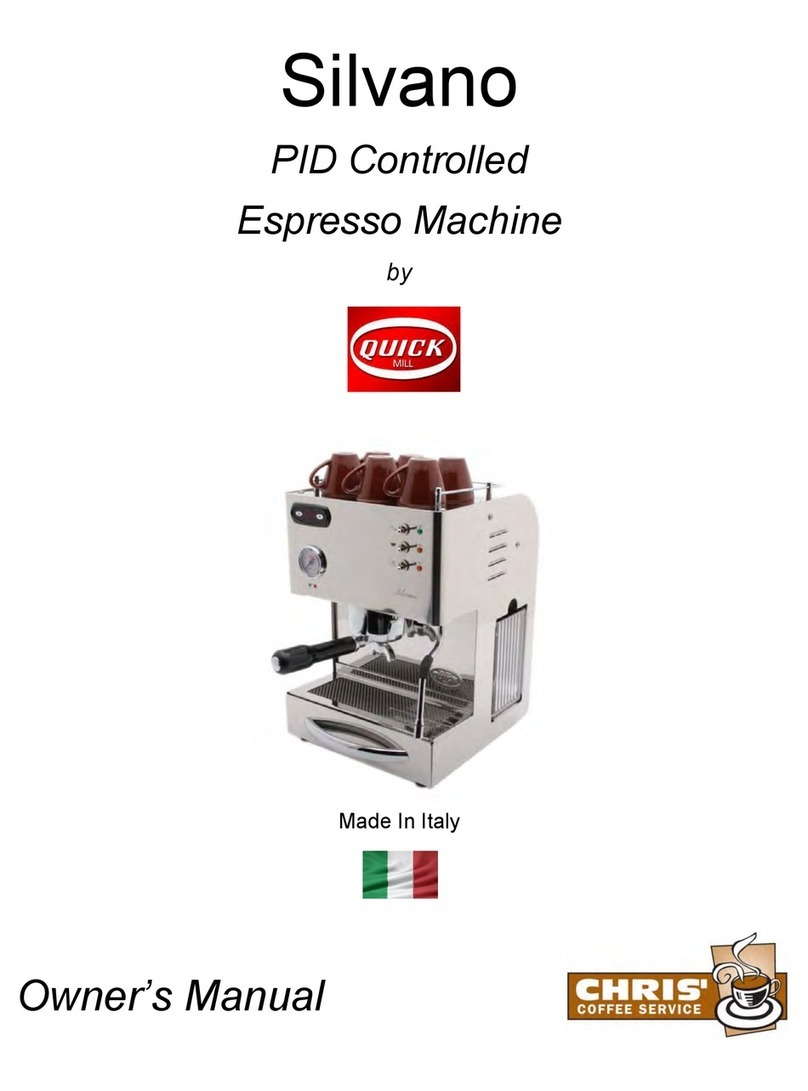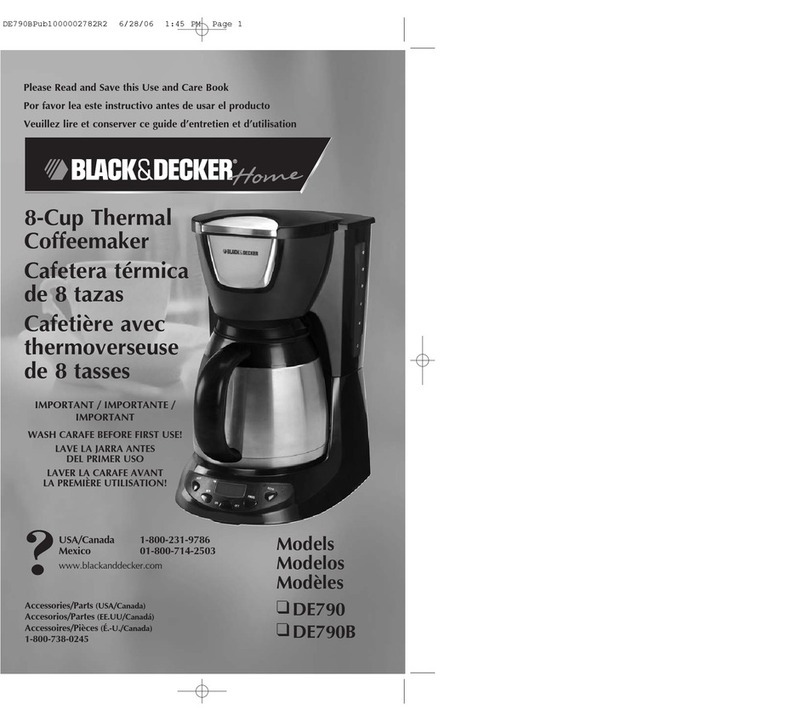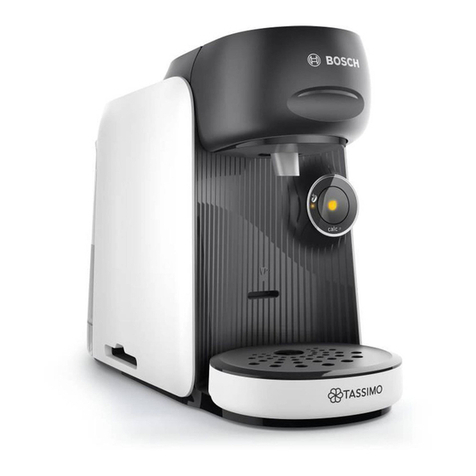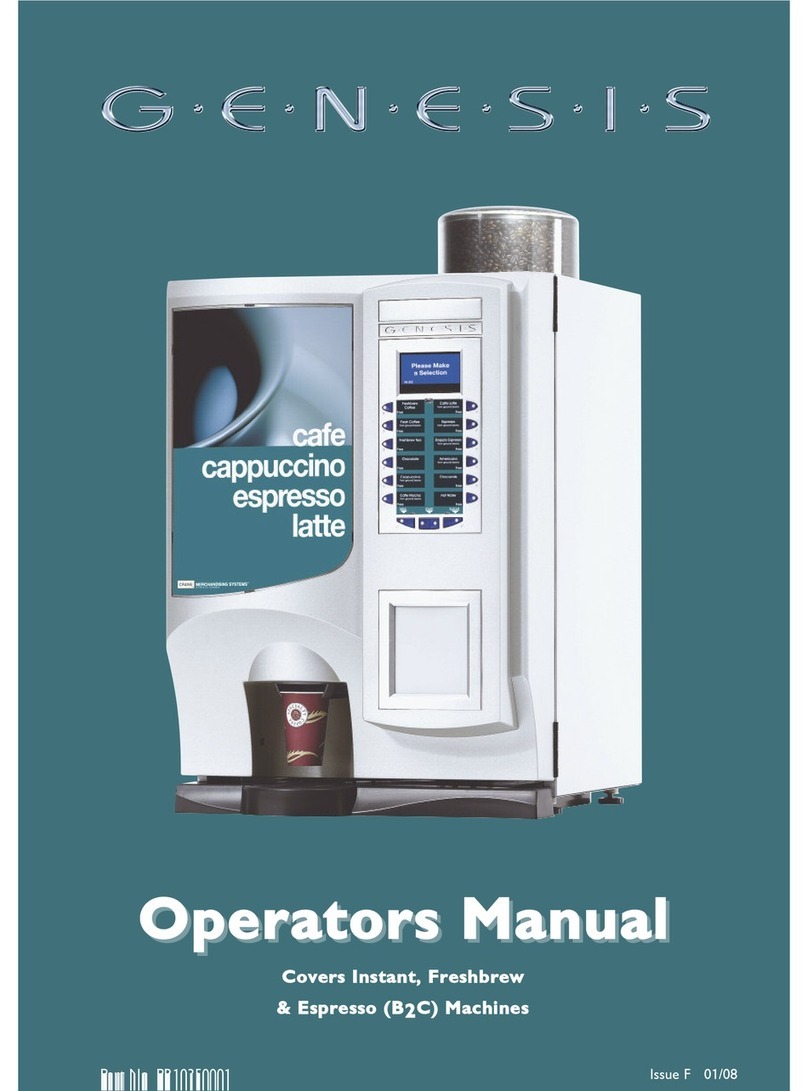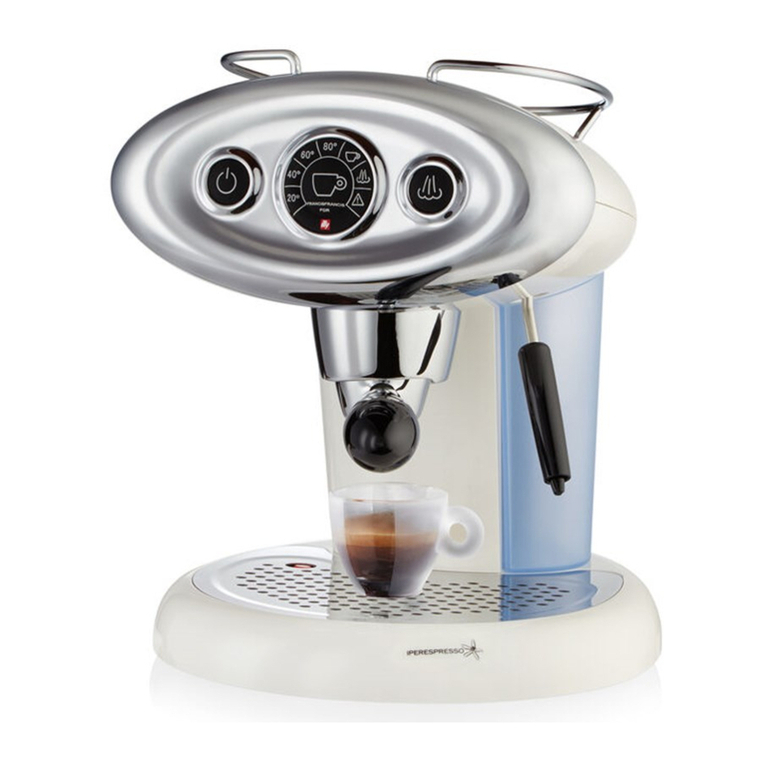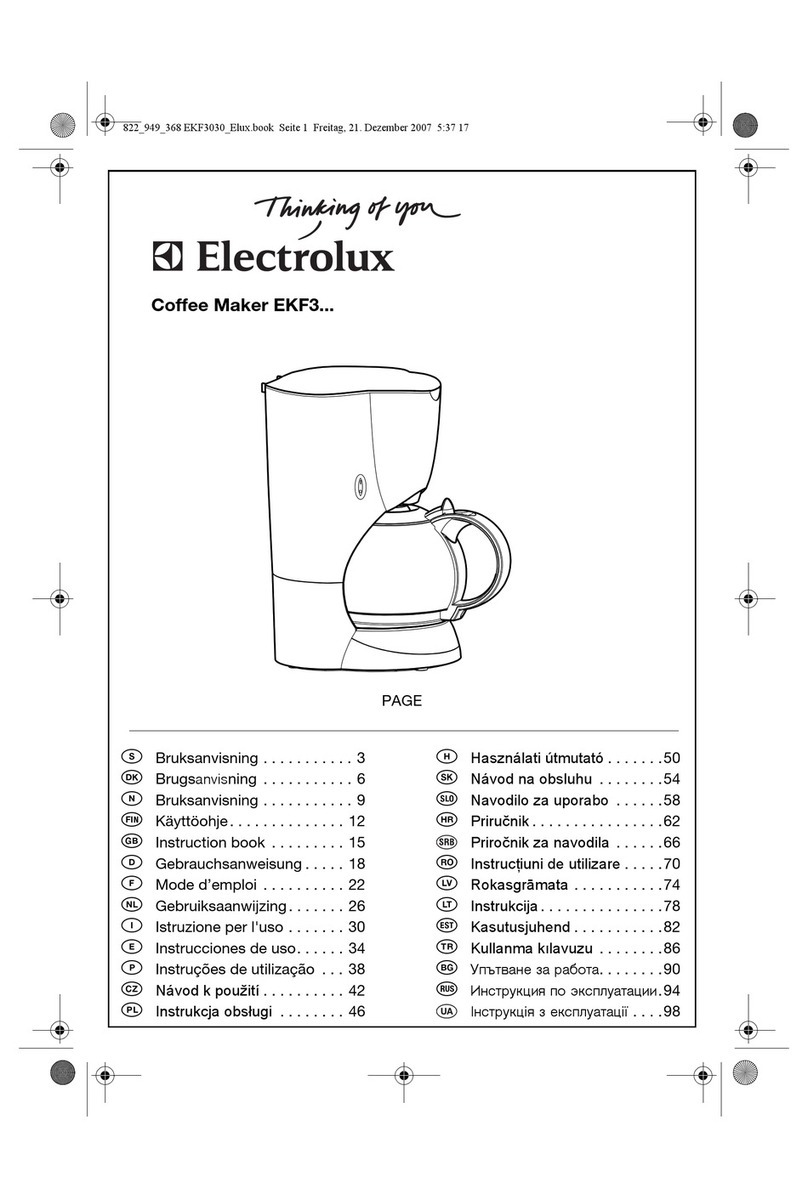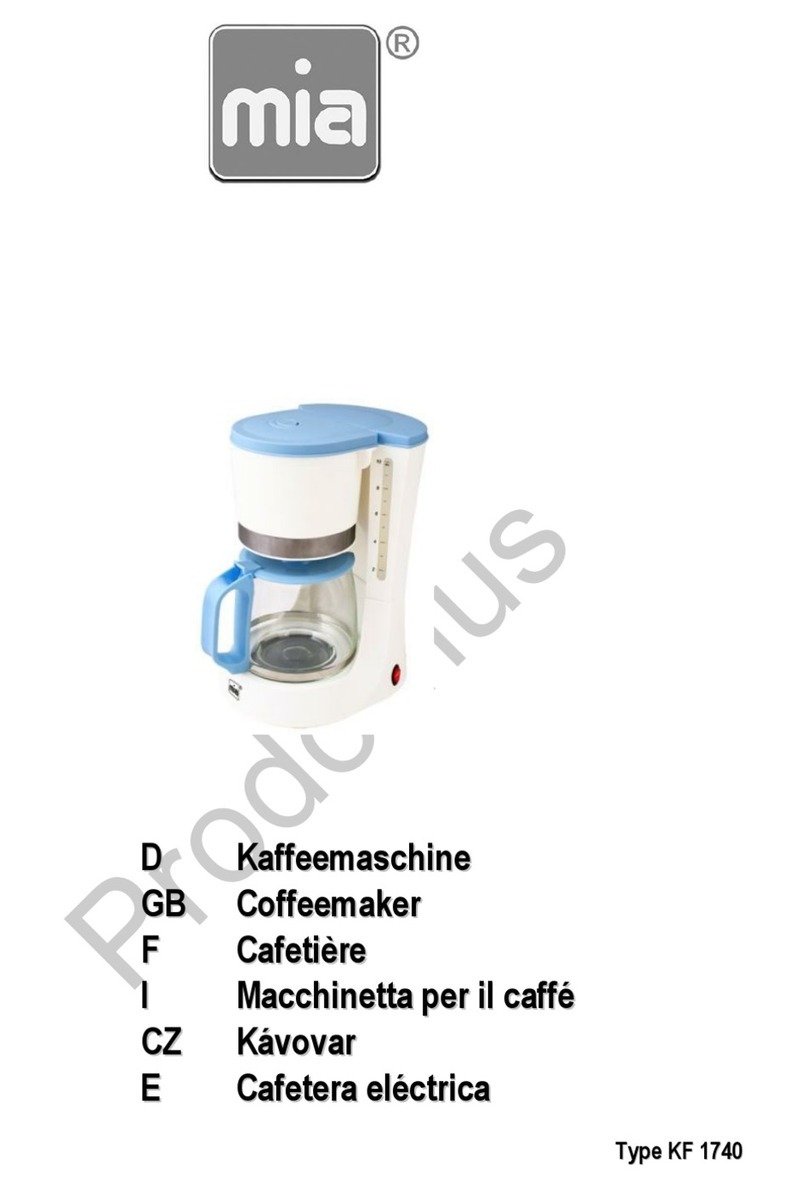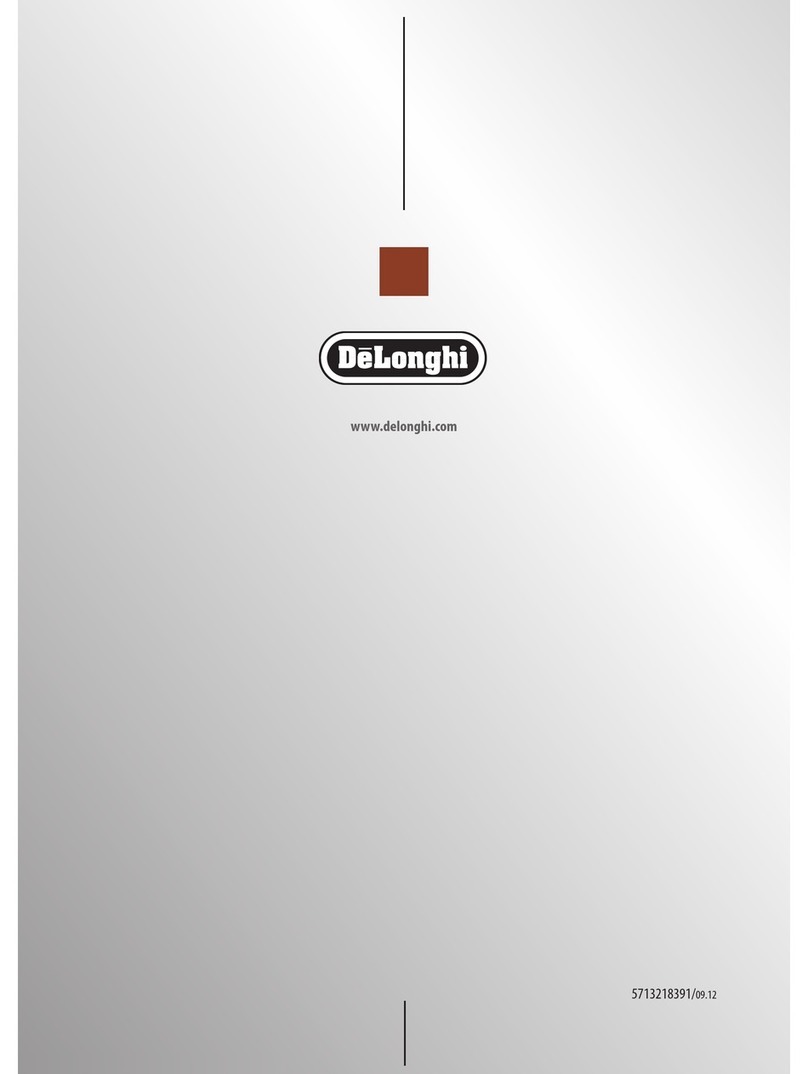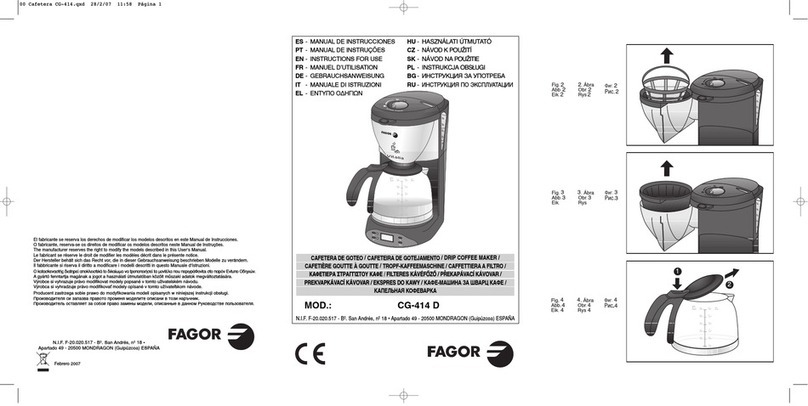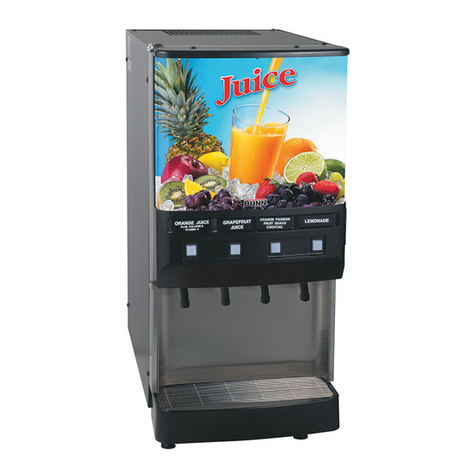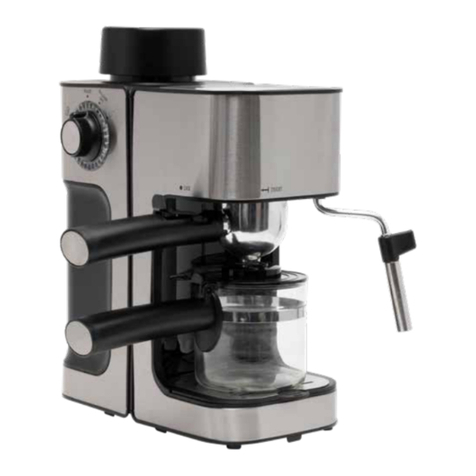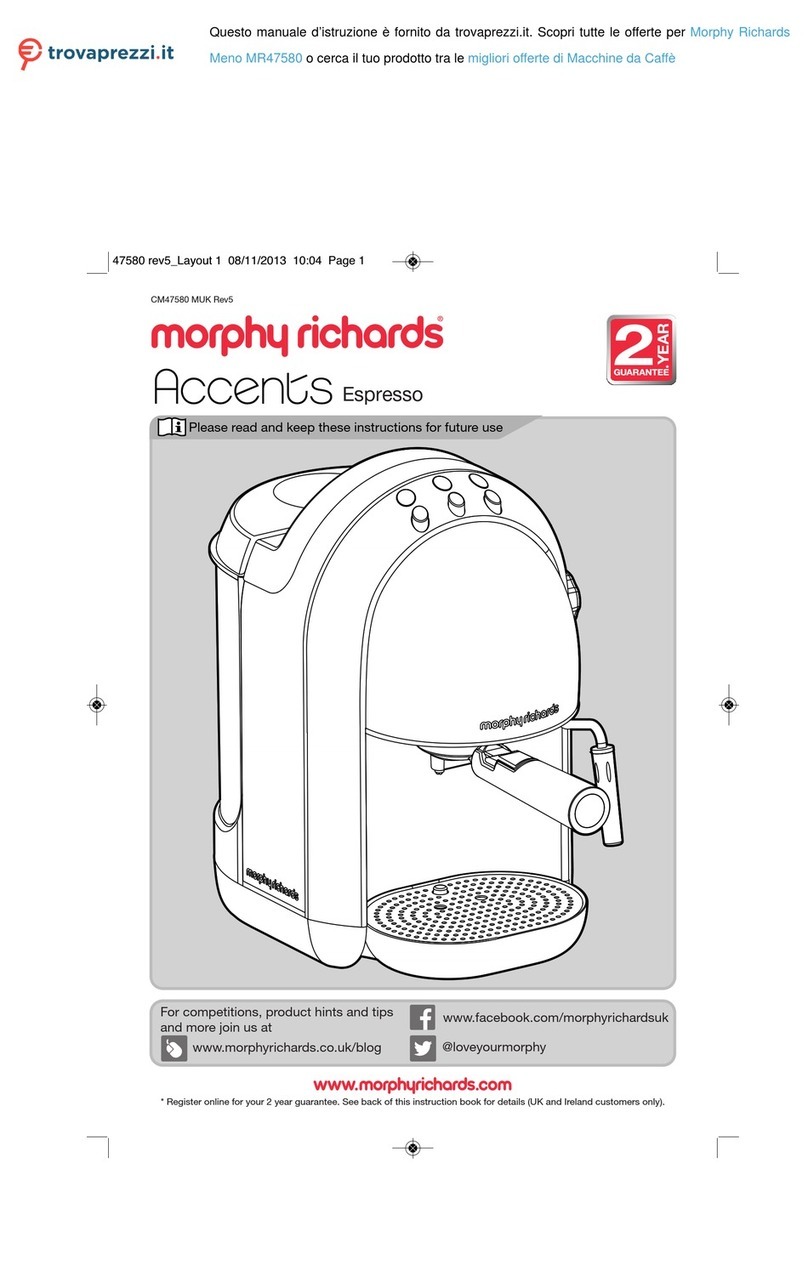2.2 Locating the Machine
1. The machine is suitable for indoor use only, sited in an area with a recommended
ambient temperature not below 50°F (10º C) and not exceeding 86°F (30º C).
The machine should be located near the appropriate water and electrical services
as detailed in the specification table.
2. Prior to moving the machine to its location, ensure that there is sufficient access
space available via passageways, stairs, lifts, etc and that the table/counter where
the machine is to be located is strong enough to support its weight. (Refer to
Specifications Table).
3. To ensure adequate ventilation, 4 - 6 inches (100 - 150 mm) clearance must be
allowed between the back of the cabinet and the wall.
4. Open the cabinet door using the key provided. Remove all transit packing and the
installation kit from the machine. Check for visual signs of damage which may have
occurred during transit. If the machine is damaged or any parts are missing, you
must contact the supplier immediately.
5. Referring to the diagram opposite, fit the four feet (1)
to the machine. Ensure that the spacer (2) is fitted
between the washers (3) as shown. Using a 12 mm
wrench, adjust the feet until the machine is levelled in
both front to back and side to side planes. Ensure that
the door opens and closes easily.
2.3 Connecting the Water Supply
The best type of water for coffee brewing is normal hard (tap) water. If your location
has chemically softened water you should do one of the following things:
● Have a non-softened supply line run to the machine
● Contact your local water filter supplier for information and suggestions
Well water can also be used in the Genesis. However, you should have it checked for levels
of carbonates and alkalies. Contact your water filter supplier if these values are relatively high.
What is the Water Pressure at Your Location?
It should be no less than: 10 psi (69.0 KPa) at 1/2 gallon/minute
And no more than: 80 psi (522.0 KPa) at 1/2 gallon/minute
If you are unsure about the pressure and flow rate, check with your water company.
8
Technical Manual
